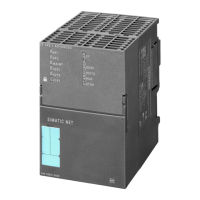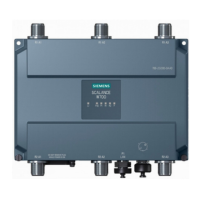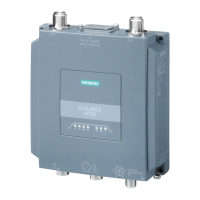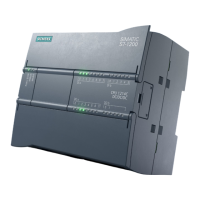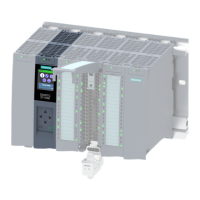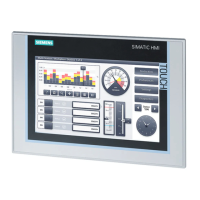Performance data / operation
5.7 Memory organization
CP 343-1 ERPC
34 Manual, 03/2010, C79000-G8976-C239-02
Note
Recommendation for data storage
If you use the CP in a complex plant configuration, the configuration data can become
extensive. In such cases, the time for the transfer of the configuration data from the CPU to
the CP may take several minutes.
In such cases, you should weigh up the pros and cons of storing the data on the CP.
Meaning of the memory areas
On the CP 343-1 ERPC, the file system is divided into the following areas:
● Fixed data
The MAC address is stored permanently in the this part of internal memory.
● C-PLUG
The C-PLUG is nonvolatile memory. It consists of the following areas:
– Retentive area
The retentive area includes the storage of the IP parameters, LAN settings and the
modifiable SNMP variables safe from power outages.
If you reset memory, the data is retained.
If you reset to the factory settings, this area is erased.
– Flash area - internal file system
The flash file system is used to store the ILS license file and backup copy of the ILS
Workbench configuration so that they are safe from power outages.
If you reset memory, the data is retained.
If you reset to the factory settings, this area is erased.
– Flash area - STEP 7 configuration data
The STEP 7 configuration data is located here (alternatively: storage of the
configuration data on the CPU).
If you reset memory or reset to factory settings, this area is erased.
NOTICE
Number of write cycles
The C-PLUG uses flash components and only allows a limited number of write cycles
(approximately 100 000). You should therefore avoid continuous cyclic writing of data
(for example changing IP parameters with FB55) to the C-PLUG.

